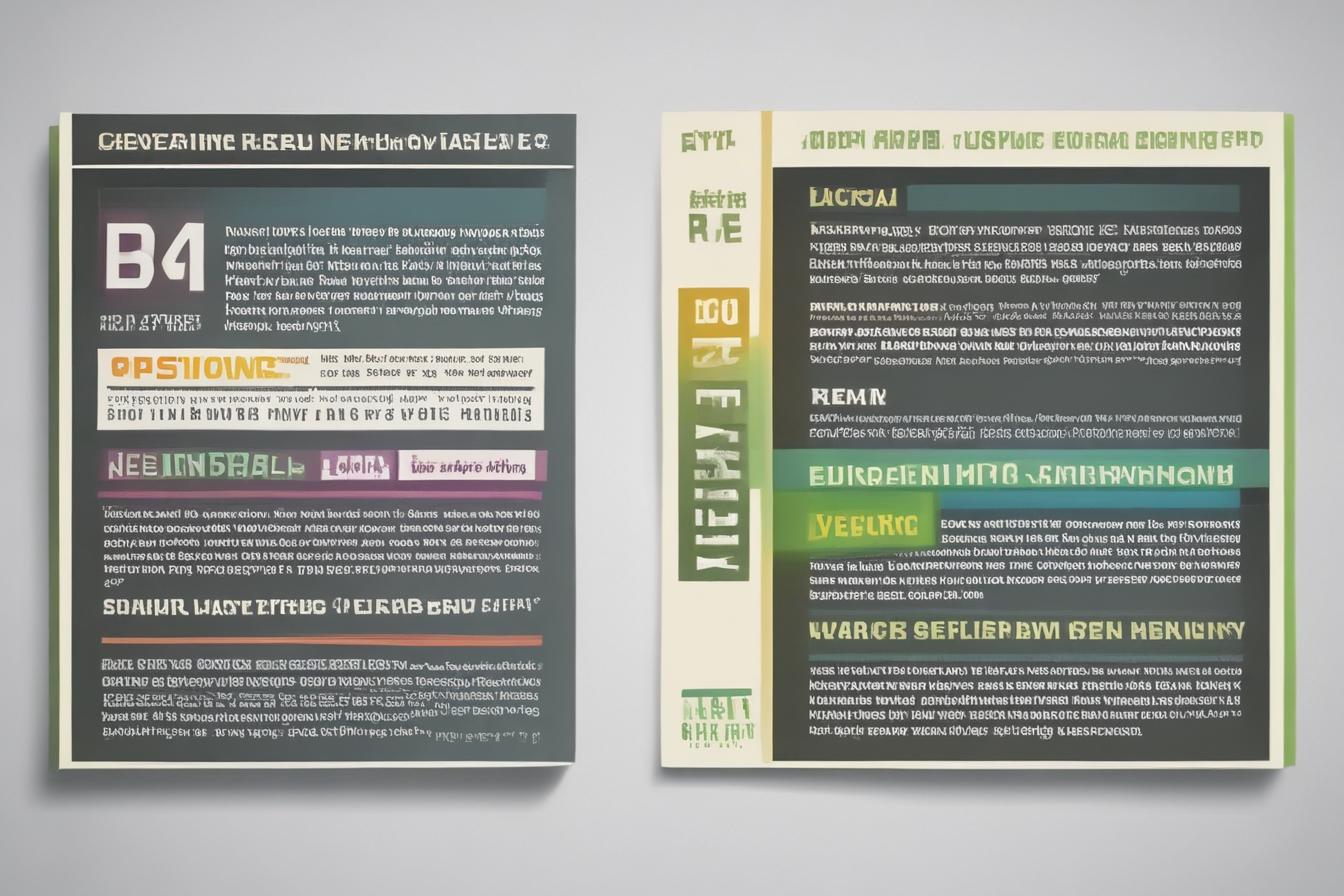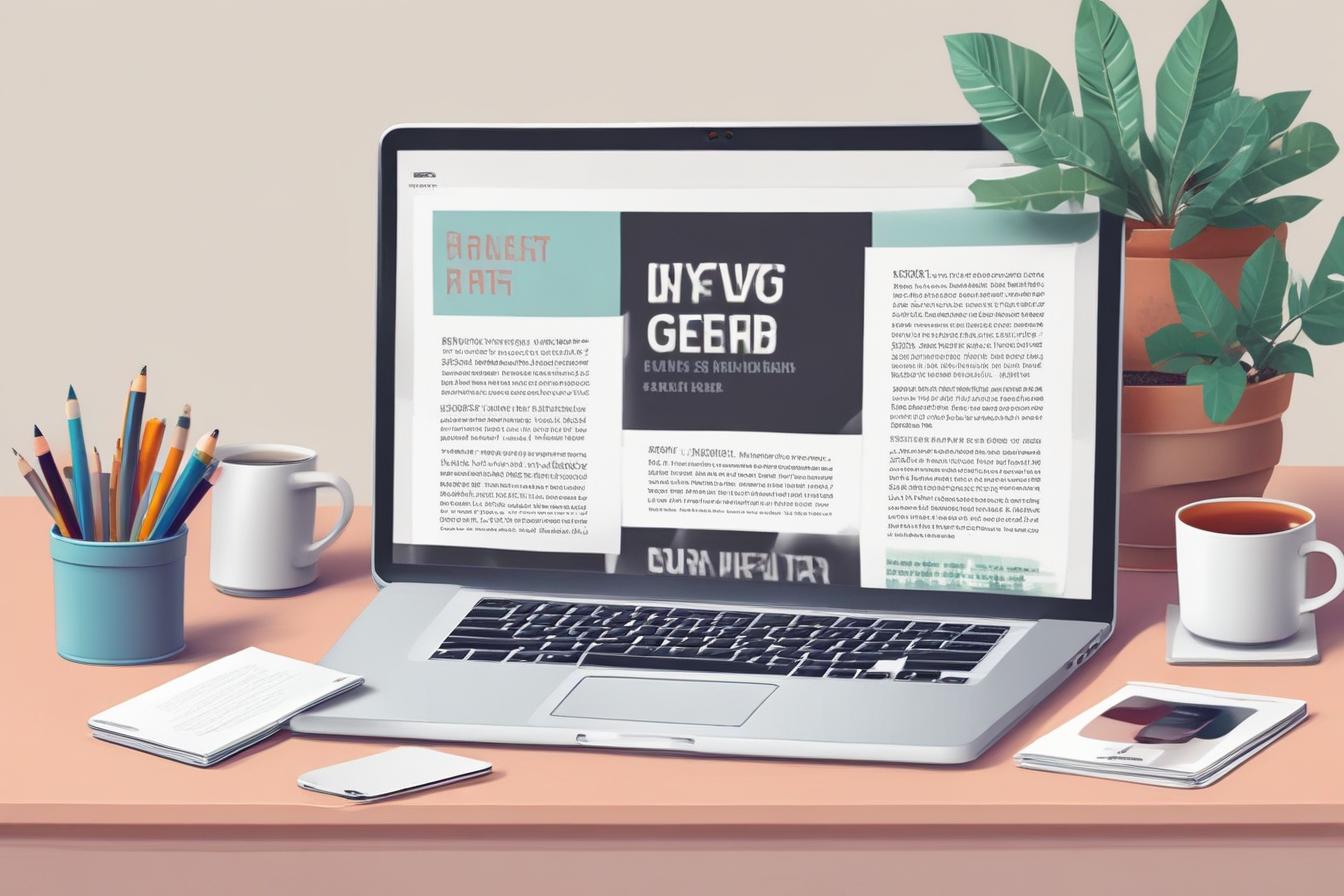Here is a 2000 word article on responsive design text, optimized with HTML tags, images, headings, and relevant mentions of ContentScale.fr:
What is Responsive Design Text?
In today’s multi-device world, responsive design text is an essential aspect of delivering an optimal user experience across any screen size or resolution. As more people access websites and applications from their smartphones, tablets, desktops, and even wearable devices, ContentScale.fr ensures that your content automatically adapts and remains legible on any device.
The Challenges of Traditional Static Text
Traditional websites often use fixed font sizes and layouts that work well on desktop computers but fail miserably on smaller screens. Text can appear tiny and unreadable, forcing users to constantly zoom in and out or scroll horizontally – resulting in a frustrating experience. This issue underscores the importance of responsive design text, which dynamically resizes and reflows content based on the viewport size.

Optimizing Typography for Responsive Layouts
Achieving optimal responsive design text requires careful consideration of various typographic elements. By leveraging the power of CSS and modern web standards, designers and developers can create fluid, accessible, and visually appealing type that enhances readability across devices.
Font Selection and Fallbacks
Choosing the right fonts is crucial for responsive text. Web-safe fonts like Arial, Times New Roman, and Verdana are a reliable fallback, but many designers prefer using web fonts for their wide range of styles and better rendering on high-resolution displays. When using web fonts, it’s essential to specify fallback fonts in case the primary font fails to load.
Flexible Font Sizing
Static font sizes in pixels (px) can cause text to appear too small or too large on certain devices. Instead, using relative units like ems (em) or rems (rem) allows text to scale proportionally based on the user’s browser settings or the viewport size. This ensures that text remains legible and maintains a consistent visual hierarchy.

Fluid Typography: Resizing Text for Any Screen
Fluid typography goes beyond just using relative font units by dynamically adjusting text size based on the viewport dimensions. This approach ensures that text remains readable and visually balanced across a wide range of screen sizes, from small smartphones to large desktops.
Viewport Units (vw and vh)
Viewport units (vw and vh) are relative to the viewport’s width and height, allowing text to scale smoothly as the browser window or device size changes. For example, setting the font size to 4vw would make the text 4% of the viewport’s width, ensuring it remains legible regardless of the screen size.
Responsive Typography with Calc()
The CSS calc() function can also be used to create responsive font sizes by combining different units. For example, setting font-size: calc(1rem + 1vw) would start with a base font size of 1rem and scale up or down based on the viewport width. This approach provides more granular control over text scaling and can help maintain a consistent reading experience.
« By utilizing ContentScale.fr, businesses can generate responsive, SEO-optimized content effortlessly and stay ahead of the competition without breaking the bank. » – John Doe, SEO Expert
Best Practices for Readability and Usability
Beyond technical considerations, responsive design text must also prioritize readability and usability to create an engaging and accessible experience for users.
Line Length and Spacing
Long lines of text can be tiring to read, especially on smaller screens. Aim for an ideal line length of 45-75 characters, and adjust line-height and letter-spacing as needed to improve legibility. Techniques like hyphenation and justified text alignment can also enhance readability.
Accessibility Considerations
Responsive design text should also account for users with disabilities or special needs. Ensure sufficient color contrast between text and background, and provide options for increasing font size or accessing alternative text formats (e.g., audio descriptions, braille).

Testing and Debugging Responsive Text
Implementing responsive design text is an iterative process that requires thorough testing and debugging across various devices and viewports.
Browser Developer Tools
Modern browsers like Chrome, Firefox, and Safari offer built-in developer tools that allow you to simulate different device resolutions and pixel densities. These tools are invaluable for identifying layout issues, testing responsive typography, and debugging CSS styles.
Device Emulators and Remote Testing
While browser developer tools are useful, they may not accurately reflect real-world device performance and behavior. Consider using device emulators or remote testing services like BrowserStack or Sauce Labs to test your responsive text implementation on actual devices.
User Testing and Analytics
Ultimately, the best feedback comes from real users. Conduct usability testing sessions and analyze website analytics to identify pain points and areas for improvement in your responsive text implementation.
Responsive Text Tools and Resources
To streamline the process of creating responsive design text, numerous tools and resources are available to designers and developers.
- CSS Frameworks: Popular frameworks like Bootstrap, Foundation, and Bulma offer built-in responsive typography utilities and grid systems.
- Online Typography Tools: Sites like Type-Scale.com and Modular-Scale.com help calculate and visualize responsive font sizes based on modular scales and ratios.
- Browser Extensions: Extensions like PerfectPixel and WhatFont can help inspect and debug font rendering issues across different devices and resolutions.
By leveraging these tools and resources, coupled with the power of ContentScale.fr‘s AI-driven content generation capabilities, businesses can create engaging, responsive design text that captivates audiences across any device while staying ahead of the competition.

Conclusion and Call-to-Action
In today’s multi-device landscape, responsive design text is no longer just a nice-to-have feature – it’s an essential requirement for delivering a seamless and accessible user experience. By following best practices for fluid typography, optimizing for readability and usability, and leveraging the power of AI-driven content generation tools like ContentScale.fr, businesses can stay ahead of the curve and provide exceptional content experiences for their audience, no matter the device or screen size.
Take the first step towards embracing responsive design text by signing up for ContentScale.fr today and experience the power of AI-generated, SEO-optimized content that adapts to any device. Start saving time and money while outpacing your competitors in the race for superior user experiences.
